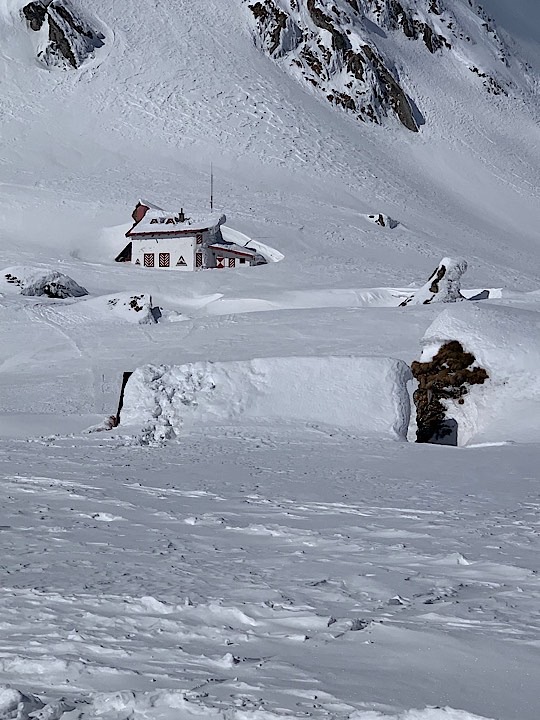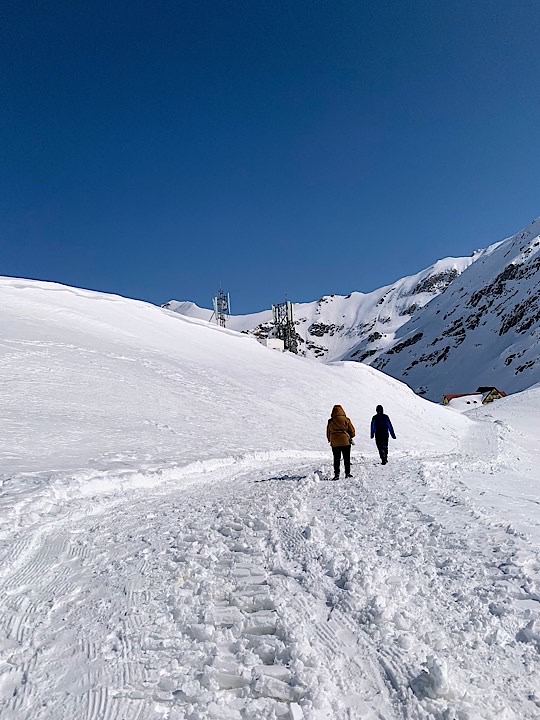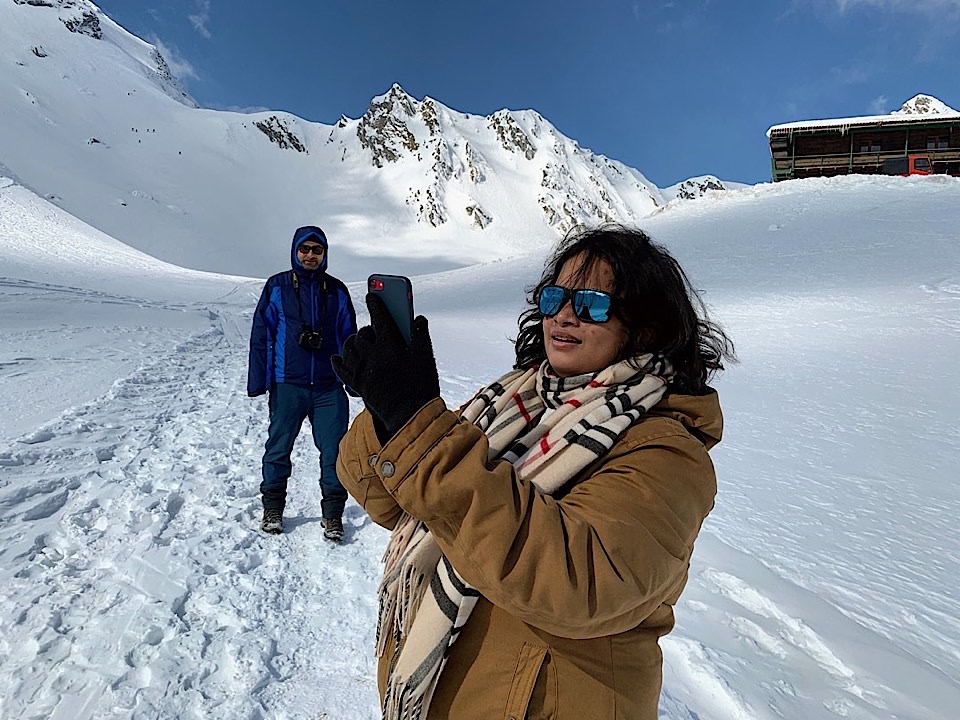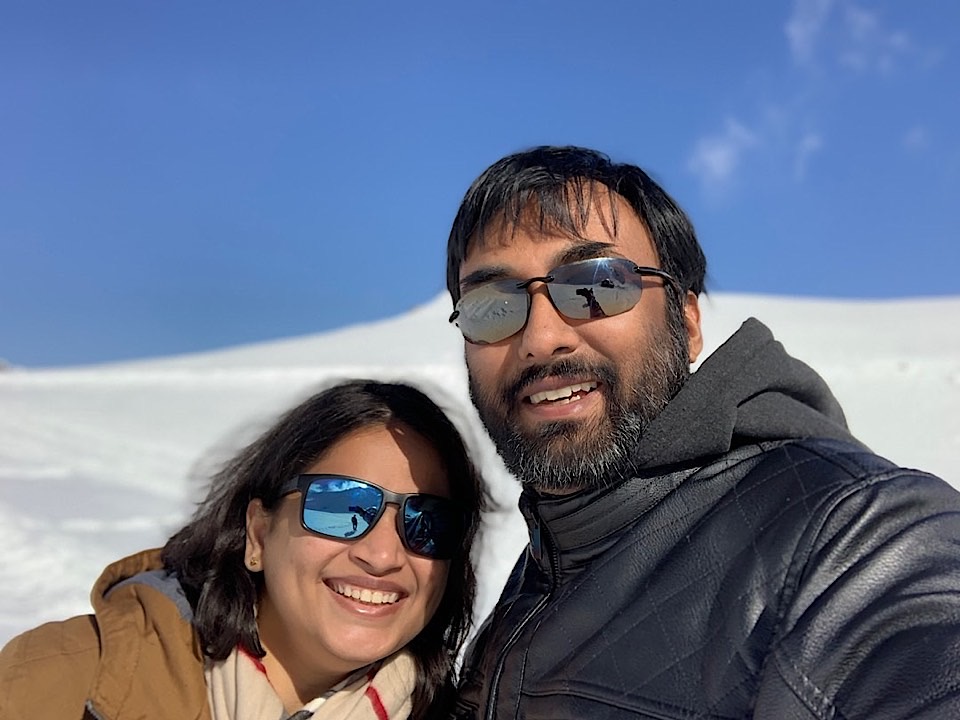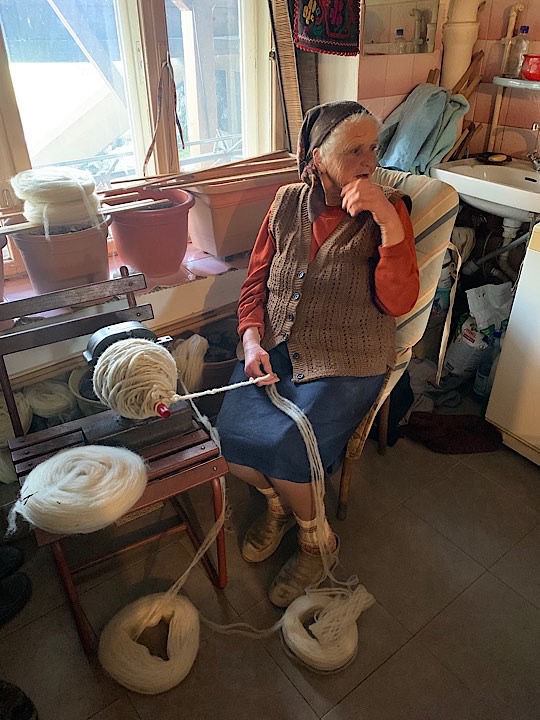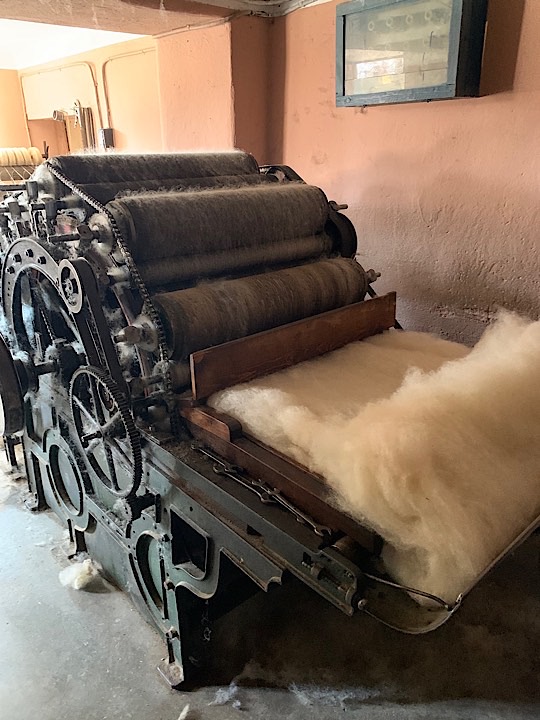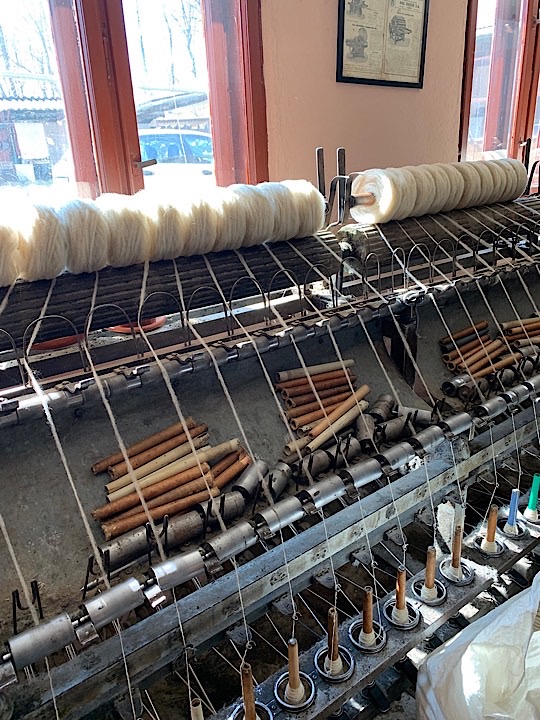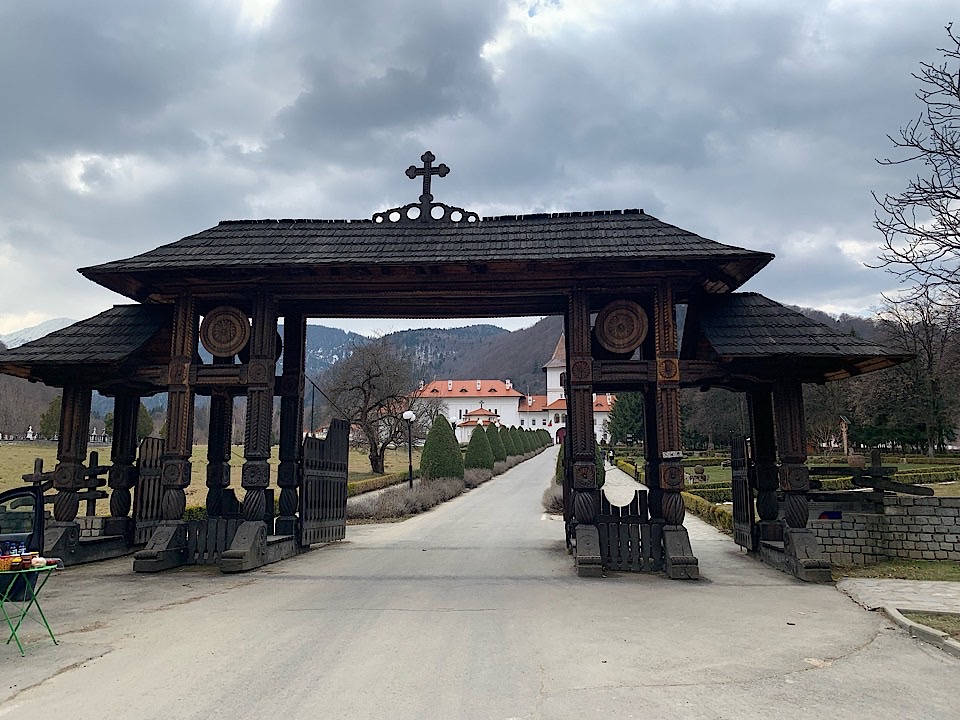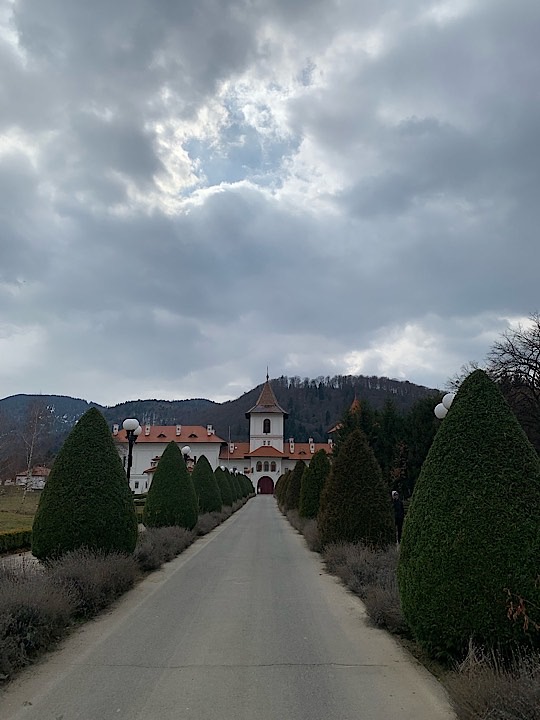Transylvania Travelogue: A day trip to Transfăgărășan, Lisa and Sambata Monastery
Table of Contents
I was really excited about Day 2. Today’s the day when we were to visit Transfăgărășan. Florin had informed us to be prepared for cold weather with jackets, waterproof shoes and sunglasses. We were ready with the jackets, and visited Decathlon the previous evening to get shoes for Jo, but didn’t understand why sunglasses were asked for. We’d know soon.
Florin came by to pick us up at 9am in the morning and we started towards Transfăgărășan. Transfăgărășan (Trans-făgărășan or literally, crossing the Făgărăș mountains) is the second-highest paved road in Romania, after Transalpina. Florin told us about the history of the Transfăgărășan, how it was built into early 80’s as a strategic military route, and to provide quick military access across the mountain passes in case of any military incursions from nearby countries.
Building the such at such an high altitude, up in the mountains at an elevation of 6,600ft was no small feat, requiring quite heavy rounds of dynamite to clear the mountains. In the more recent past, Transfăgărășan became famous due to Top Gear’s coverage of the road and Jeremy Clarkson calling it the best road in the world.
We knew that Transfăgărășan would have its sections closed during winter times and would not be driving through the entire section, so had our expectations tempered, and climbed a short distance till we reached the cable car station. As we were climbing through the road, it struck me how rapidly the temperature levels had dropped and how the snow levels on the ground had risen up.
We took the cable car up to the mountains, near Balea lake. While climbing up, Florin told us that we’d not be able to stay for long as the weather forecast indicated that the winds would pick up dramatically in couple of hours, and the cable car would not be available to descend. He also told us his story of the last time when that happened, forcing him to stay up in the mountains. Thankfully, the mountain cabins were able to accommodate him and the other guests that were stranded.
As we got off the cable car, the view of the mountains with the snow was.. quite something else. We also realized why Florin had asked us to get sunglasses - without them, due to light reflecting from the snow, everything was just blinding.
We walked around the lake, with Florin pointing to various points of interest, including the shepards' house that was now fully under the snow. The shepards would come with their cattle during the summers, and let the cattle graze around the hills, packing up just before winter starts. Florin also told us about how the doors and windows would be barricaded to prevent snow from breaking in and damaging the house.
We didn’t walk for a long distance, but we did walk slowly. The snow levels were quite high (near knee deep), and going ever so slightly off the path would result in us stepping into the soft snow and losing balance and falling off.
We finished our walk around the lake and went to a nearby cabin to grab some tea. Since the wind started picking up, we decided to take the cable car down.
While going down, we could see the Transfăgărășan roads that are open during summer, and wished I could drive on them. Ah well, that would have to wait.
Next, we went towards the small commune of Lisa to a place called La Vâltori. La Vâltori hosts a 100-year old machine that is still used for tailoring thick woolen blankets. A fifth generation family works on creating these blankets, at the same time offering cleaning of such carpets in their “cleaning whirlpool”, as well as running this museum, providing income for the ladies working here. We got a little guided tour on how the rugs/carpets are done - starting from wool sheared from the sheep to the various stages onto the final product. The museum also has some handicrafts that you could buy (rugs/etc). Since we knew our time in Romania was limited, we didn’t buy any.
Having finished the tour, we headed onwards towards our last stop of the day, Sambata monastery.
Sambata Monastery, or more accurately, Sâmbăta de Sus Monastery is a Romanian Orthodox monastery in the village of Sâmbăta de Sus. It is also known as the Brâncoveanu Monastery. As with most Orthodox churches, there’s an extraordinary amount of details with the frescoes on the ceiling.
The monastery has some rooms available for the resident priests who stay there. Looking at the architecture, I couldn’t help but notice the resemblance in the structure/design between the Orthodox churches and the South Goa temples.
By the time we were done with the monastery tour, it was time for lunch, and we went over to Complex Sambata nearby the Monastery. The restaurant was surprisingly full, despite the apparent lack of any tourists at the monastery. We ordered some Ciorbas, and a post-lunch coffee which has become a common thing since staying in Romania. With this, we wrapped up our day and Florin dropped us back in our Airbnb in Sibiu.
Day stats #
Distance covered: 152km
Expenses:
- Cable Car at Balea Lake: 80 RON per person (up+down)
- Entry Fee at La Valtori: 10 RON per person
- Lunch: 74 RON
The Travelogue photo album is available on my gallery page.

